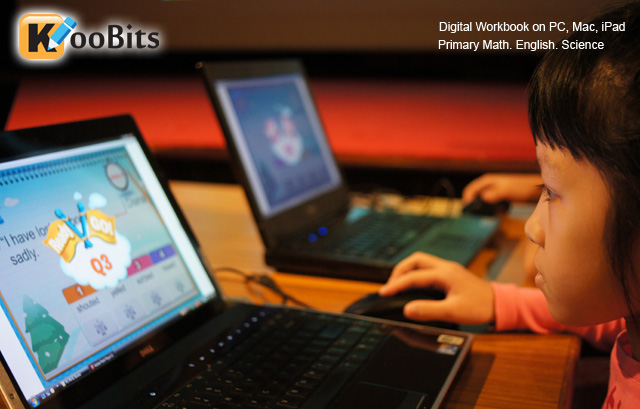There are many discussions around whether playing video games has real-life benefits. The points raised mostly fall into two broad categories: cognitive benefits and health benefits (both physical and mental).
Cognitive Benefits
Many games teach players problem solving, challenges and consideration. Well-designed video games inspire players to strive and tackle more difficult tasks as the campaign goes on. Games are also great for encouraging players to perform repeated activities. With the right motivation, players carry out certain game activities again and again for a prolonged period of time. Drill and practice becomes less tedious. For example, a sniper in the game CounterStrike is willing to practice shooting at the same spot in the same scene for weeks or even months.
Health Benefits
Pain or stress relief is arguably the most obvious health benefit from playing video games if the player is suffering from depression or other mental disorder. Video games can help players to relax and cope with their pain in the same way certain drugs do. I’m not sure whether it is the best way to deal with a difficult real-life situation, but distraction works in certain cases, to certain extent.
Increased self-esteem is surely another mental health benefit. In the book Reality is Broken, author Jane McGonigal highlights several key studies showing that gaming actively makes us better people by raising our self esteem. Many games are designed to help players build particular skills and achieve mastery and competence, and thus it naturally helps with players self-confidence.
Newly developed gesture-based video games, like those powered by Microsoft Kinect and Nintendo Wii, arguably help some players to get up and move their body. Initially, I thought that this only applies to small group of players who spend a great deal of time at home. My view completely changed when I witnessed, in Singapore, an entire school’s children dancing to the Dance Central game powered by Microsoft Kinect during a recess break. Some teachers even suggested that it should become an official activity in Physical Education classes in order to motivate children to exercise more.
Serious Games
A new category of games worth mentioning here is called serious games. A serious game, by definition, is a game designed for a primary purpose other than pure entertainment. The “serious” adjective is generally prepended to refer to products used by industries such as defense, education, health care, management and planning.
“Serious games” usually take on a specific, real-world problem, not a fictional one where only entertainment value is generated. A serious game usually preserves the essence of a video game in terms of graphics and game-play, but is essentially a simulation of real-world events or processes. By playing or solving serious games, real-world benefits may be obtained. The main goal of a serious game is usually to train or educate users, while giving them an enjoyable experience.
Gamification and Beyond
The benefits of games are far from being fully uncovered. I think the discussion about benefits from playing commercial video games for entertainment and the emergence of serious games are just two extreme ends of the equation, and there is still a huge middle ground where we can explore to fully reap the benefits of games, especially towards transforming game dynamics into real-life benefits.
Recent developments in the domain of gamification provide a glimpse of what is coming our way. Gamification is the use of game-thinking and game mechanics in non-game contexts in order to engage users and solve problems. While the difference between serious games and gamification seems unclear, serious games are more about the purpose while gamification focuses on the process. Nathan Maton, community manager for serious games site Gameful, mentioned in an interview that “Serious gaming simply refers to games that address a social issue. Gamification is using points and badges and metrics to incentivize participation.”
I’m particularly interested in applying game-thinking and game dynamics to learning and education. Education is far from using games to their fullest potential. However, when we try to gamify education, there plenty of challenges to overcome. The issue is much more complex than just expecting children to become engaged by virtual rewards. For example, one of the most difficult type of questions in Primary Math is word problems (or Problem Sums, a term used in certain countries), and these require in-depth game design in order to help students understand and solve the problem.
In my new book, Motivation Dynamics – From Gaming to Learning, I discuss gamification in education in greater depth, highlighting challenges such as the shifting motivation dynamics in different game genres, the debate of rewarding competition versus rewarding learning, and – most importantly – how game-thinking can be applied in a way that we can shift from merely incentivizing participation to transforming mindsets and behaviours about learning. I also used a real-life education project as an illustration to show how certain concepts – called motivation dynamics – can be applied to help students develop sustained interest in even the most boring drilling and practice exercises from textbooks, assessment books and workbooks.
Tags: Kindergarten (5-7), Lower Primary (7-10), Upper Primary (10-12), video games
